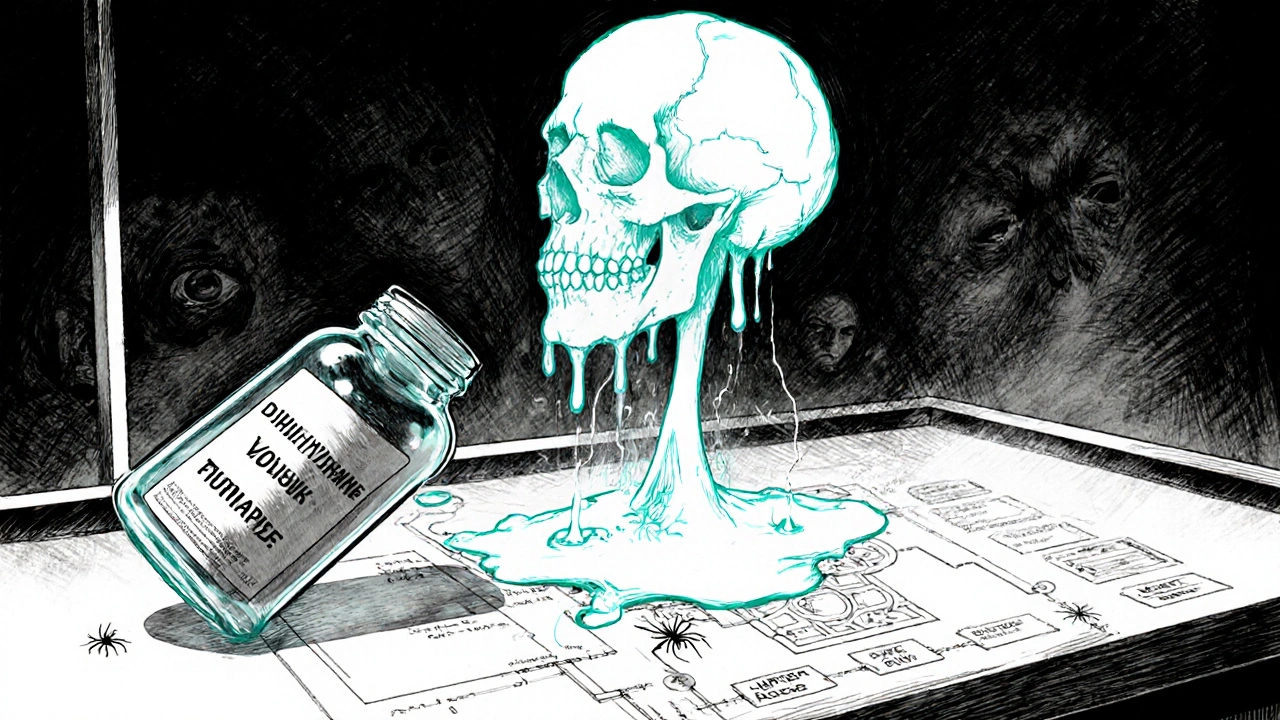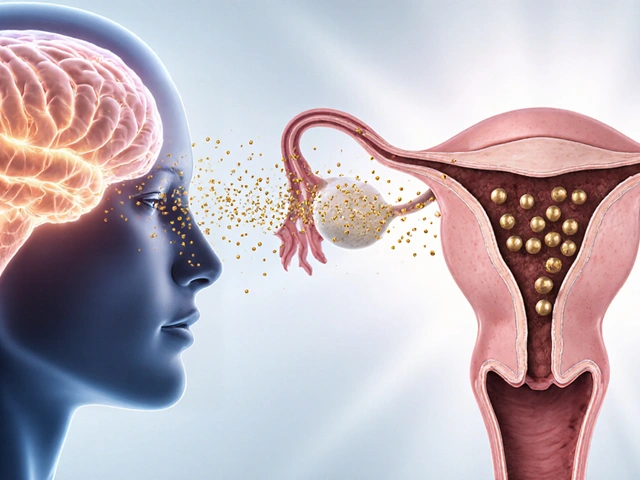First-Generation Antihistamines: What They Are, How They Work, and What to Expect
When you think of allergy relief, you might picture a non-drowsy pill you take in the morning. But first-generation antihistamines, a class of older allergy medications that cross the blood-brain barrier and often cause drowsiness. Also known as sedating antihistamines, they’ve been around for decades and are still in use today—sometimes because they work better for certain symptoms, sometimes because they’re cheap, and sometimes because people don’t realize there are better options. These drugs block histamine, the chemical your body releases during an allergic reaction, which reduces sneezing, runny nose, and itchy eyes. But unlike newer versions, they also affect your brain, which is why you feel sleepy, dry-mouthed, or foggy after taking them.
Common examples include diphenhydramine, the active ingredient in Benadryl, often used for allergies but also as a sleep aid, and chlorpheniramine, a staple in many cold and allergy combos. You’ll also find brompheniramine, used in cough syrups and multi-symptom cold remedies, and hydroxyzine, sometimes prescribed for anxiety or itching. These aren’t just OTC meds—they’re in dozens of combination products, often hidden under brand names you don’t recognize. If you’ve ever taken something for a cold and felt too tired to drive afterward, it was likely one of these.
Why do people still use them? Because they work—fast and well—for itching, hives, and allergic rhinitis. They’re also used off-label for motion sickness, nausea, and even insomnia. But the trade-off is real: drowsiness isn’t just inconvenient, it can be dangerous if you’re operating machinery or driving. Older adults are especially sensitive to their side effects, which can include confusion, urinary retention, and even increased fall risk. And while second-generation antihistamines like cetirizine or loratadine don’t cause drowsiness in most people, first-gen versions still have their place—especially when you need that sedative effect or when newer drugs just don’t cut it.
What you’ll find in the posts below are real comparisons and practical breakdowns of how these older antihistamines stack up against each other and against newer options. You’ll see how Periactin (cyproheptadine) fits in, how Zyrtec (cetirizine) is different, and why some people still reach for the old-school stuff despite the side effects. No fluff. No marketing. Just clear, honest info on what these drugs do, who they help, and who should avoid them.

First-Generation Antihistamines: Drowsiness, Anticholinergic Risks & Safe Use
A clear guide on first‑generation antihistamines, covering why they cause severe drowsiness, anticholinergic side effects, safety risks, and practical tips for safer use.




